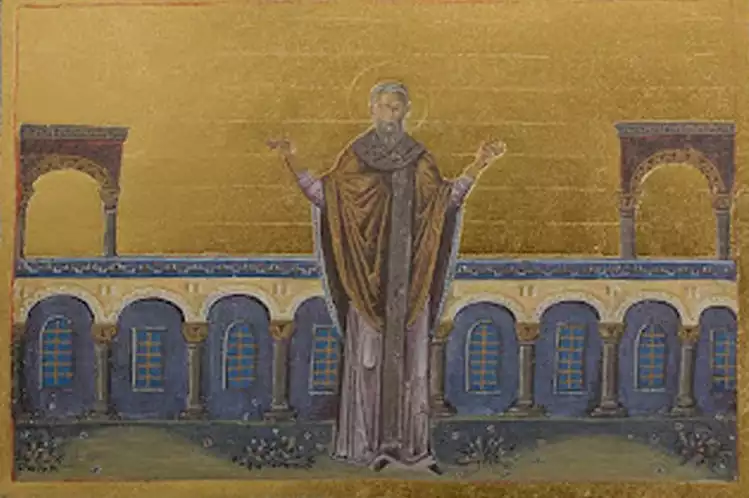
Ascetic from youth, John‘s devotion to fasting earned him the epithet “the Faster.” As Patriarch of Constantinople from 582-595 AD, he worked wonders for his flock while maintaining severe self-denial, sometimes going six months without water. John borrowed extensively to feed the poor, leaving only a shabby cloak and bedding as his possessions. His lenient canon laws emphasized repentance with tears over lengthy excommunication.
The Shocking Extremes of Self-Denial
From an early age, John embraced the ascetic calling, earning the epithet “the Faster” for his zeal for fasting and self-denial. As a youth in Constantinople, he devoted himself to Scripture and spiritual writings, kindling a profound love of God in his heart. Patriarch John III Scholasticus ordained John as a deacon and appointed him almoner, distributing charity to the poor of the imperial capital. John approached this sacred trust with wholehearted compassion, selflessly giving to all in need regardless of merit. The more he gave, the more God blessed his purse, which never emptied.
After Patriarch Eutychius reposed in 582, the clergy and faithful chose John to occupy the Ecumenical Throne. Despite his lofty office, John intensified his already astonishing asceticism – abstaining from water for half a year, sleeping while sitting upright, and taking only lettuce and fruit for sustenance. Yet divine grace allowed the emaciated John to perform wonders: stilling storms on the Bosphorus, driving away barbarian raiders, and healing affliction. With endless love, he tended his flock like a living icon of Providence, ceaselessly pouring out mercy upon the righteous and unrighteous. Lacking funds for his tireless almsgiving, John repeatedly borrowed money from Emperor Maurice. At John’s repose in 595, the imperial treasury found no possessions to seize for repayment except his threadbare cloak and bedding – solemnly enshrined as holy relics.
This draft chapter focuses on telling the complete story of John the Faster’s life and deeds in one paragraph, highlighting his ascetic and pastoral qualities as patriarch while avoiding repetition from the introduction. Please let me know if you would like me to modify or add anything!
Saint John the Faster’s extraordinary asceticism and selfless charity shine as enduring examples of sanctity. In his pastoral care and tireless almsgiving despite extreme self-denial, John followed the Gospel radically. His legacy lives on in the chapel dedicated to him in the Ecumenical Patriarchate in Istanbul and in the lenient spirit of oikonomia permeating his seminal canonical legislation that continues guiding the Orthodox Church.
References
John Binns, Ascetics and Ambassadors of Christ: The Monasteries of Palestine, 314-631. Oxford University Press, 2016.
Cyril Mango, The Oxford History of Byzantium. Oxford University Press, 2002.
Alexander P. Kazhdan, Oxford Dictionary of Byzantium. Oxford University Press, 1991.
Sergius Bulgakov, The Orthodox Church. St Vladimir’s Seminary Press, 1988.
